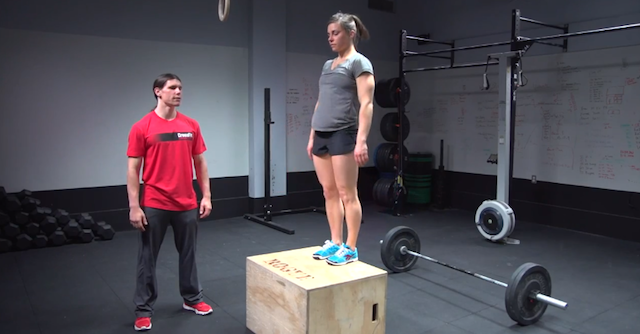
13.2: 5 shoulder to overhead. 10 deadlifts. 15 box jumps.
On paper, the 10 minute AMRAP was similar to lighter weight, multi-movement Open workouts from 2011 and 2012. However, when Julie Foucher demonstrated 13.2 on the CrossFit Games site, long-time CrossFit athletes noticed something was different.
Not only did CrossFit HQ show it was listening with 13.2, it was making a statement.
For the third year in a row, box jump standards were going to evolve during the CrossFit Games Open. Through its largest official event, CrossFit responded to growing criticism of how one of the sport’s most fundamental, yet most vilified and injury-causing movements were performed.
The movement in question, the bounding box jump, has fallen out of favour in many gyms across the CrossFit community in recent years. The movement has been blamed for hundreds upon hundreds of Achilles tendon tears in CrossFit athletes worldwide. It is getting harder to find anyone who has been doing CrossFit for over a year that doesn’t know of someone who has torn their Achilles tendon during the course of a workout that included high repetition box jumps.
When performing a bounding box jump, athletes extend their hips to full extension while after jumping upwards off a box. By allowing an athlete to keep jumping repeatedly, potentially never fully resting his or her foot on the ground, the Achilles tendon can experience tremendous stress over the course of high volume box jumps performed at high speeds. According to CrossFit 77’s 7 Most Overrated Exercises, “With normal box jumps the athlete has a moment of rest at the top and at the bottom. With bounding box jumps the athlete never has a deloaded moment and the Achilles takes an absolute beating!”
Athletes around the world have continued to report severe Achilles injuries after high repetition box jump workouts programmed on main site to the point that it was clear this was not a coincidence. It had become a pattern. It made CrossFit look bad as a fitness program and it added fuel to the fire of never-ending questions about whether CrossFit was safe.
In 2011’s Open workout 11.2, bounding box jumps were permitted and performed by athletes around the world. According to the workout standards, “This is a two-foot jump onto the box. The hips and knees must open fully at or above the height of standing on the box.” In other words, bounding box jumps were permitted.
Step-ups were considered “no reps,” except for athletes competing in the Masters’ divisions. In fact, the bounding box jump was just short of encouraged in the workout demonstration online. While a quick safety disclaimer was given by Tony Budding, an athlete’s full foot did not have to land on top of the box, potentially adding even more strain on an athlete’s Achilles tendon.
11.2 became the cause for numerous torn Achilles tendons throughout the CrossFit community, far too many for it to be considered a coincidence. With the volume of box jumps over the course of the 15 minute AMRAP and the workout demonstration focusing on the bounding method, athletes were getting seriously injured. The “CrossFit gets you injured” talk continued to get louder, but box jumps continued to programmed on main site, without any clarification on movement standards or safety.
On the CrossFit message boards, thread after thread, after similar thread, have continued to document athletes’ injuries stemming from bounding box jumps. Athletes like CrossFit Games competitor and Coca CrossFit owner Kate Rawlings have famously and publicly denounced bounding box jumps, banning them from her gym after she tore her Achilles performing the movement.
“I have implemented a STRICT step down policy at Coca. It’s my job as a coach to keep my athletes safe and probably more so that I don’t want anyone to have to go through what I did,” said Rawlings.
The result? No one told Rawlings she was wrong. In fact, numerous other athletes commented on Rawlings’ post with stories of how they also tore their Achilles tendons performing bounding box jumps.
By the following CrossFit Games season, the sport had continued its rapid growth. In the 2012 Open, CrossFit athletes got the closest thing they would see to an official response to the growing bounding box jump criticism in CrossFit. In 12.3, bounding box jumps were considered no reps, as demonstrated by Games champion Annie Thorisdottir.
Athletes had to reach full hip extension at the top of the box, use a two footed take-off for their jump, and similar to 2011, only Masters’ athletes were permitted to step-up to the box. By declaring bounding box jumps as “no rep’s,” 12.3 acted as CrossFit’s unofficial response to the external criticism and conversations on its own message board.
At the CrossFit Games, top athletes were held to the same box jump standards. On CrossFit’s most visible stage that year, the message was made clear: bounding box jumps were no longer a part of CrossFit.
In this year’s 13.2, the box jump evolved again during the CrossFit Open, resulting in a safer movement, virtually no criticism, and perhaps most importantly, no laundry list of injury reports from CrossFit athletes worldwide.
“For the jump, you can do a two foot take-off or a one foot take off,” the 13.2 standards declared, a huge change from the normally prescribed two footed take-off. Athletes still had to reach full hip extension at the top of the box, but for the first time, step-ups would also be allowed for all divisions.
Just a year before, CrossFit eliminated bounding box jumps and this year would be no different. Additionally, if an athlete was concerned about their safety, whether for their Achilles or a nasty box jump fall, it was completely fine to avoid jumping altogether. Some might say that step-ups are a different movement that take away the intensity of the workout, but chances are you’d be hard pressed to find a single athlete who thought 13.2 was too easy.
Like any sport, CrossFit will continue to evolve. Much like helmet to helmet hits have been banned in the NFL and “12-6” elbow strikes are banned in UFC, even high intensity sports should strive to protect not only its top athletes, but those who participate in the sport on a regular basis.
After taking criticism for its lack of response to injuries caused by high repetition, bounding box jumps that it once officially demonstrated as a movement standard for its athletes, CrossFit did the right thing by correcting itself and enforcing new standards in 13.2 that will permeate throughout the community.
CrossFit is often torn between its tagline of “Forging Elite Fitness” and its often preached mantra of being a sustainable “fitness for life” program. With CrossFit showing awareness of injuries and a willingness to correct movements that might be contrary to both definitions, the evolution of the box jump over the past three years is a welcome sight for the sport.
With kipping pull-ups often being named as the cause of SLAP tears in CrossFit athletes, it shouldn’t come as a surprise if we see an adjustment of pull-up standards or other movements in upcoming CrossFit Games seasons. Though any change would likely be met with resistance initially, for CrossFit to continue to succeed and grow as a sport, safety needs to be considered, even when forging elite fitness.
It might have only been 10 minutes long, but 13.2 might have been the most 10 important minutes for CrossFit this year.






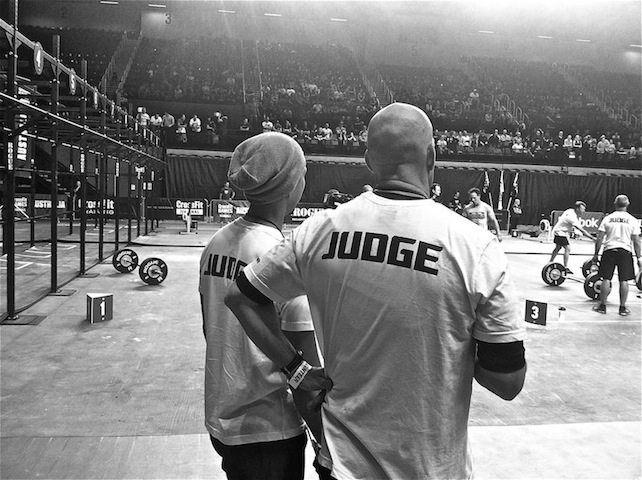
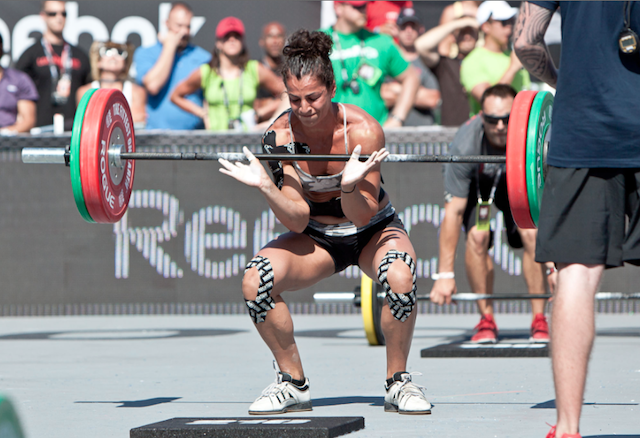
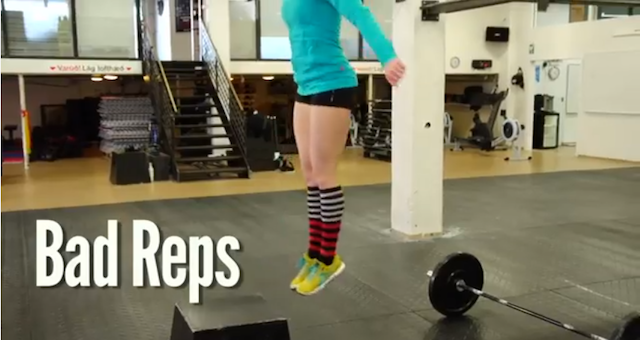



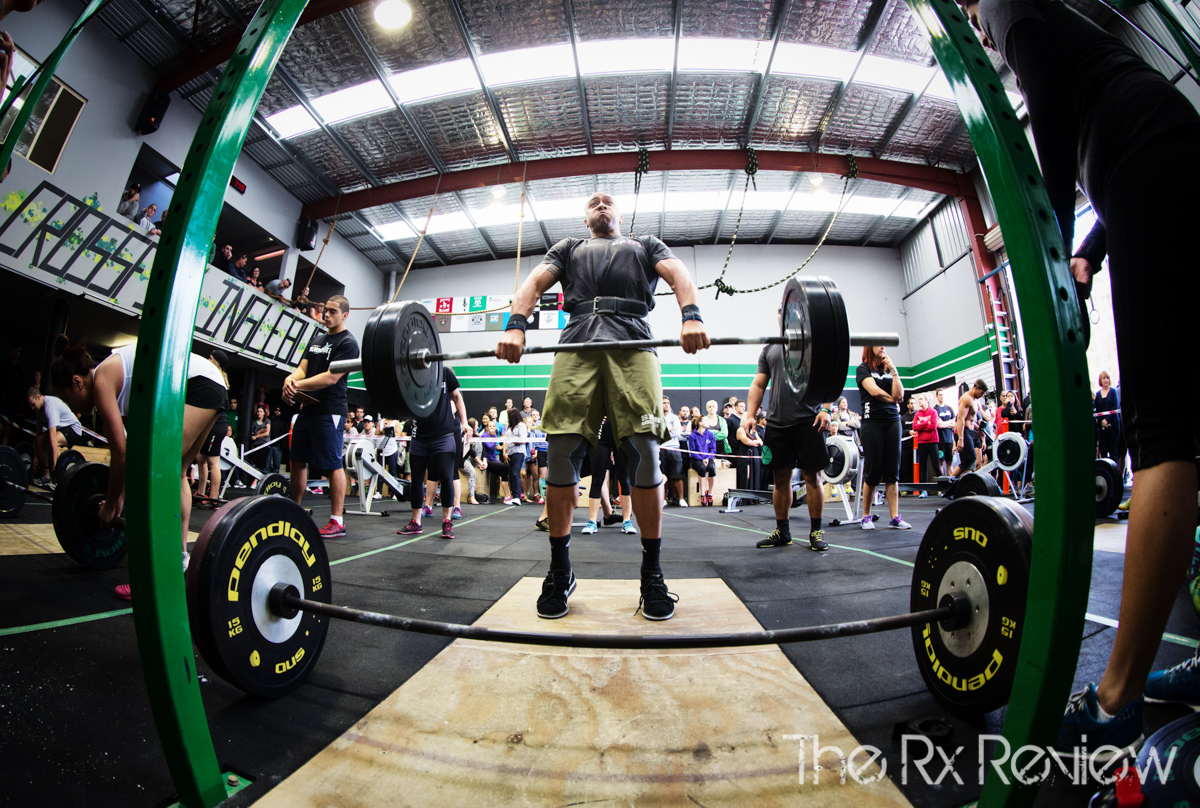
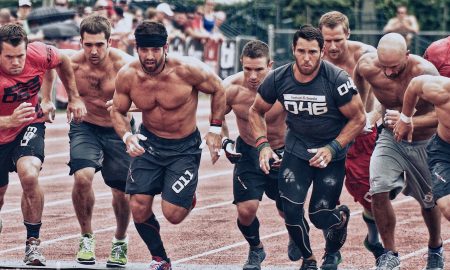

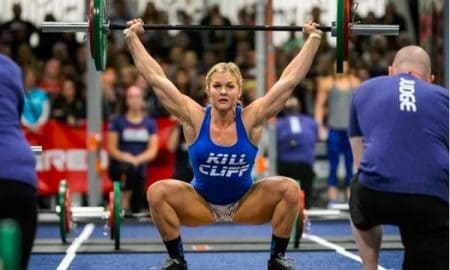

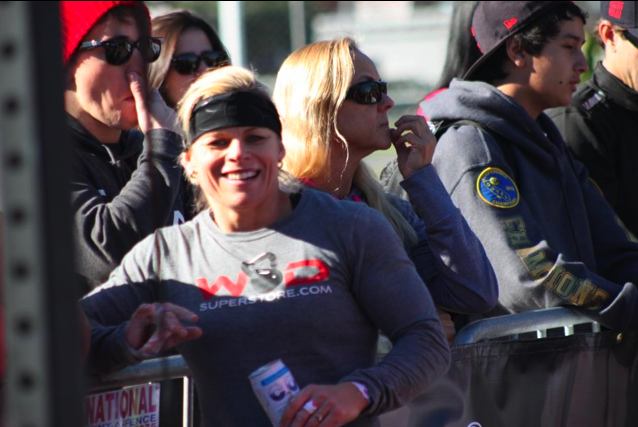
Follow Us